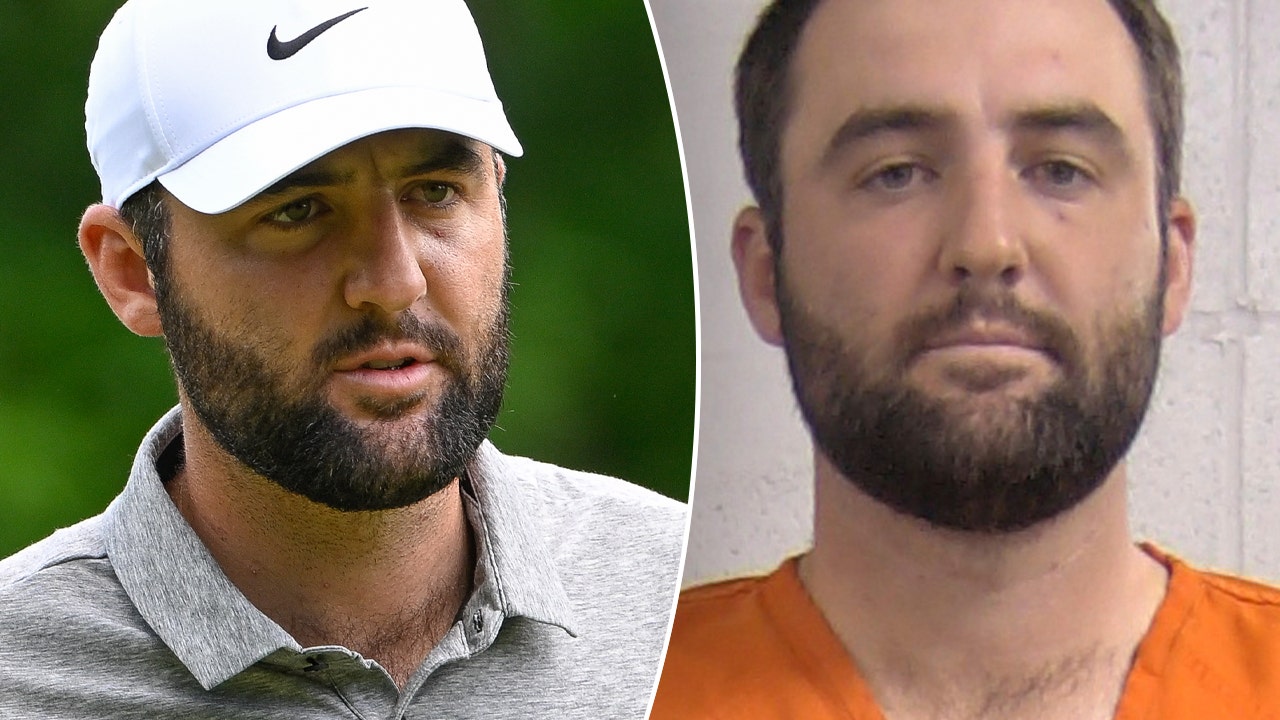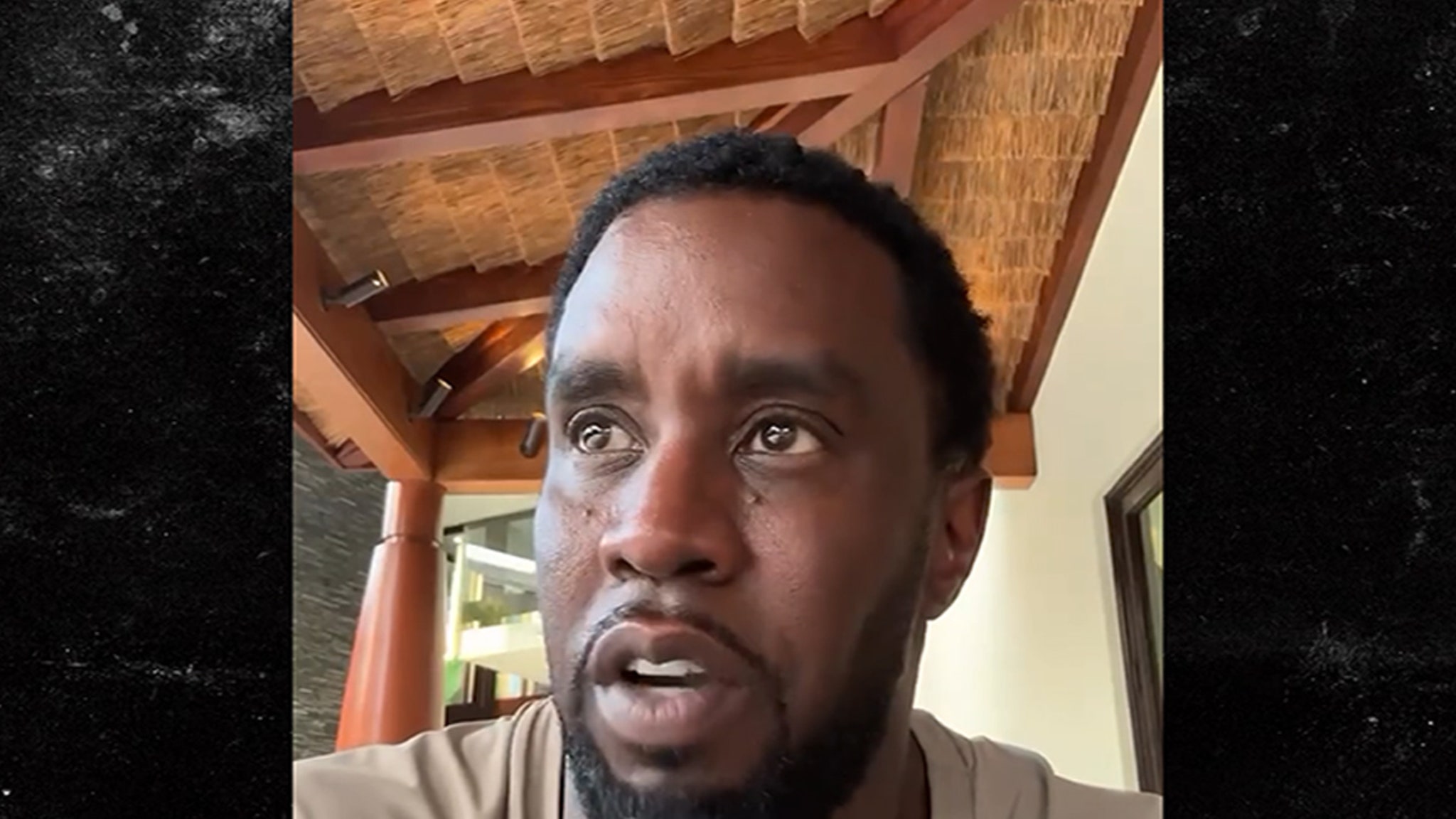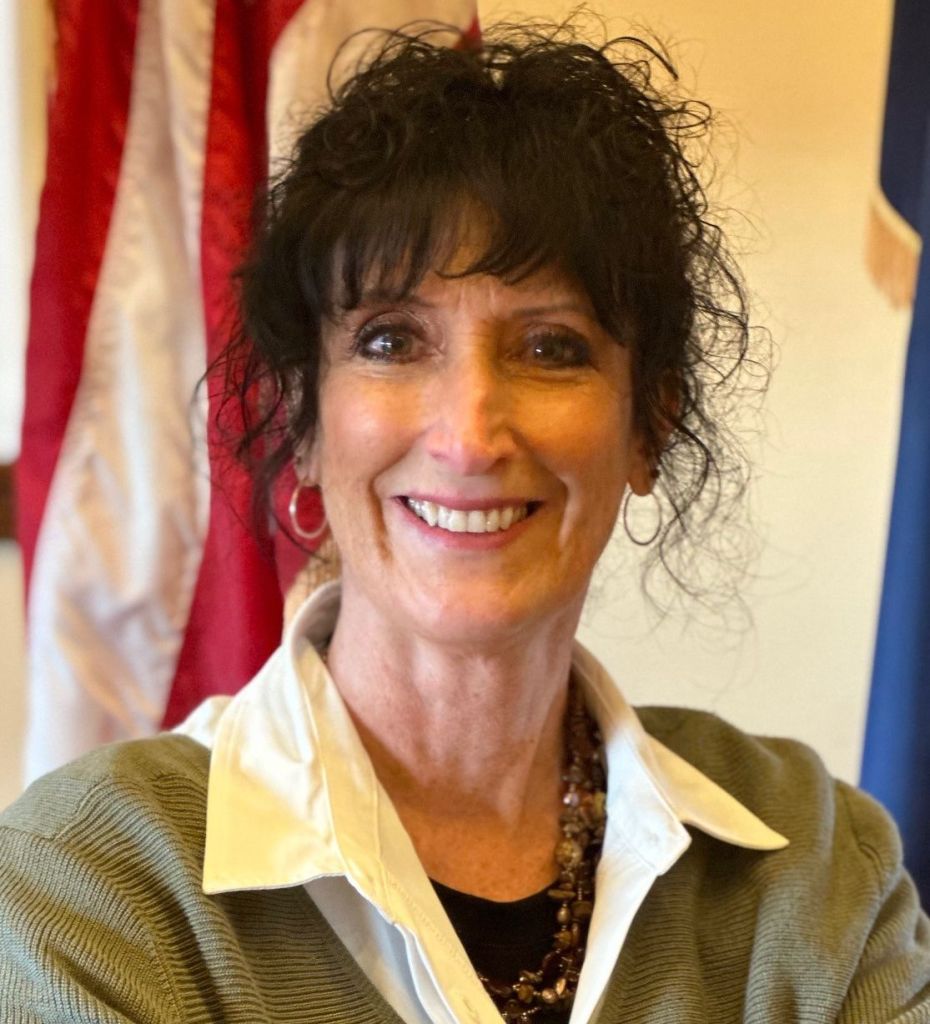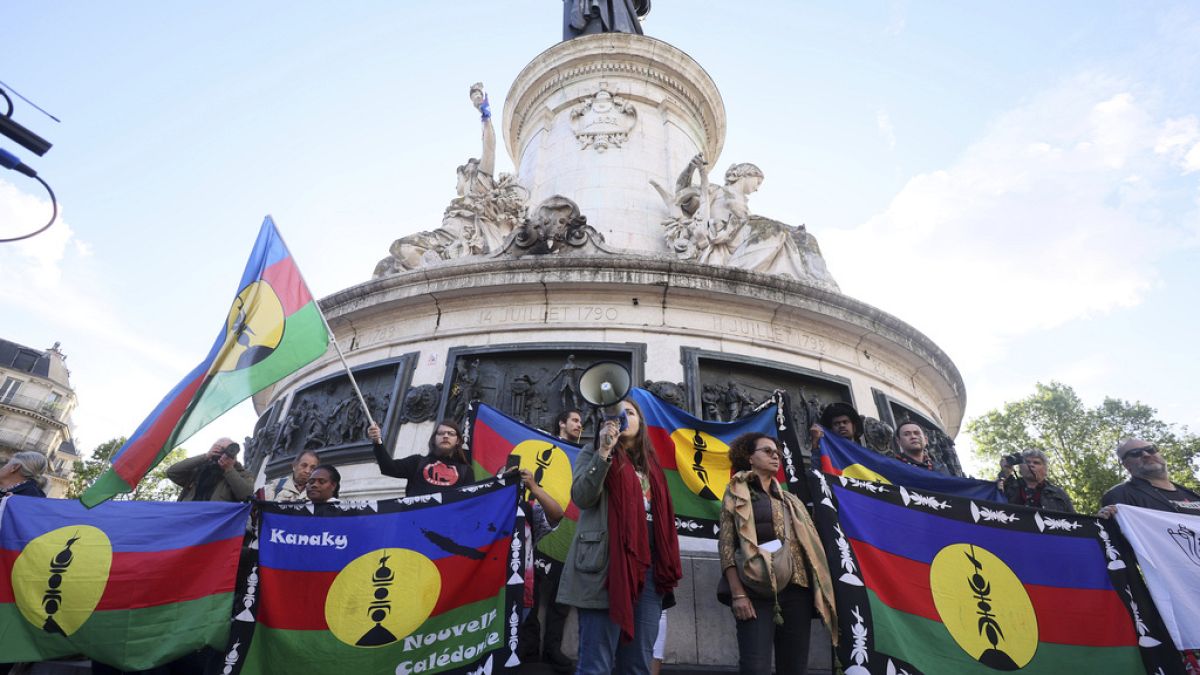
Tammy Schmersal-Burgess
Article 1, Section 16 of the Maine Constitution states the following: “Every citizen has the right to keep and bear arms and this right shall never be questioned.”
Now read the second phrase of that Constitutional section again… “and this right shall never be questioned.”
I assert that Maine’s recent passage of a 72-hour waiting period to purchase a firearm is a clear violation of its constitutional law in that, “Shall never be questioned” is indeed being questioned. Further, it is a right delayed and therefore a right denied.
It does not matter what political party you subscribe to. The Constitution of Maine is a bipartisan document. It applies to all of us and it is up to all of us to protect it.
A violation of our rights as Maine citizens isn’t the only cancerous element about the new 72-hour waiting period, there is also a very dark economic side as well.
Maine is a very rural state largely comprised of small towns and villages. This makes traveling long distances a must for most shoppers. Out-of-staters are often dismayed by the length of time and distance that we will drive to make a purchase. We don’t mind; we’ve always done it.
If you live in a small town in Western Maine, for example, you regularly shop in Lewiston or Portland. Imagine now that you travel to Portland to shop. You find an item you want but are told that after you buy it, you’ll have to return in three days to pick it up. It is not likely then that you will do that. Time and travel are expensive.
Now imagine shoppers from the very rural areas of Aroostook County, where retailers are extremely limited. Their trips may include a night or two at a hotel.
Most gun stores are also sporting goods stores and count on the sale of items other than firearms to make a profit. The 72-hour waiting period is certain to have a very harsh effect on these retailers. Even now, Maine’s largest firearm dealer, Kittery Trading Post, has publicly stated that it is considering moving its operation to neighboring New Hampshire where no such law exists. Now consider how much that move will cost Maine in sales tax revenue. That number is staggering.
Let us face the naked and painful truth. The tragedy that befell Lewiston was horrible. It was and is an egregious affront to all Mainers and especially those hundreds of thousands of law-abiding gun owners — hunters, sportsmen and women across the state — but we cannot lose sight of the fact that this was not a gun problem. This was a problem of Maine mental health agencies, supervisors and law enforcement agencies on many levels that dropped the ball where this shooter was concerned.
It was not the gun and it was not Maine gun owners who bear the burden of this tragedy. Those who were responsible for not utilizing Maine’s existing “yellow flag” law and letting this man go unchecked bear that burden.
Still, Maine Democrats of the state Legislature decided that it was time for some “feel good” legislation and, without a thorough thought process, jerked a knee and passed new gun laws. There, now that ought to make us all feel better, right? No. They have opened up a can of economic woes on retailers across the state and simply delayed a right to the people of the state of Maine and, by doing so, stepped on the Maine Constitution to deny a right.
Tammy Schmersal-Burgess of Mexico represents state House District 77.
« Previous
Related Stories
































Invalid username/password.
Please check your email to confirm and complete your registration.
Use the form below to reset your password. When you’ve submitted your account email, we will send an email with a reset code.